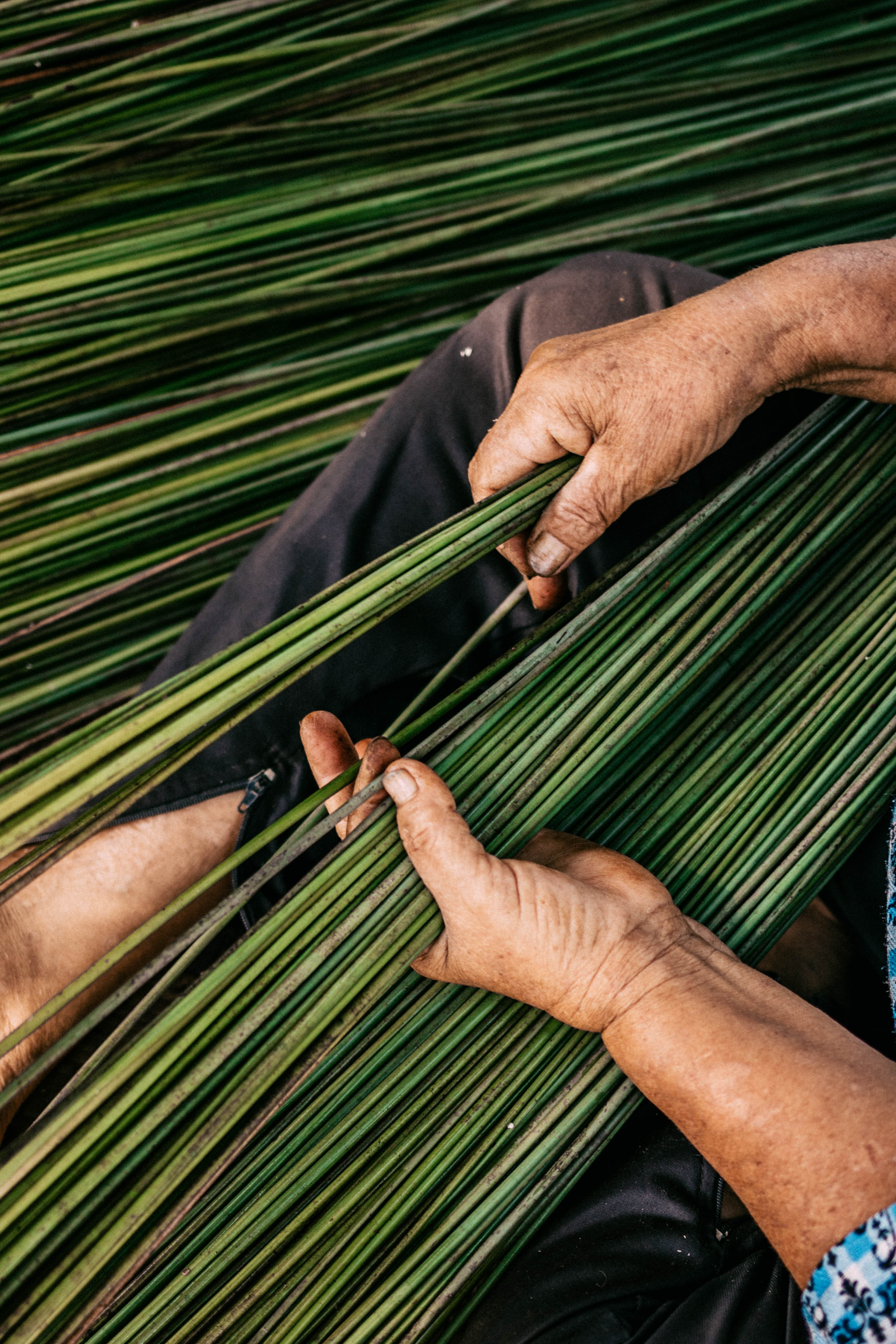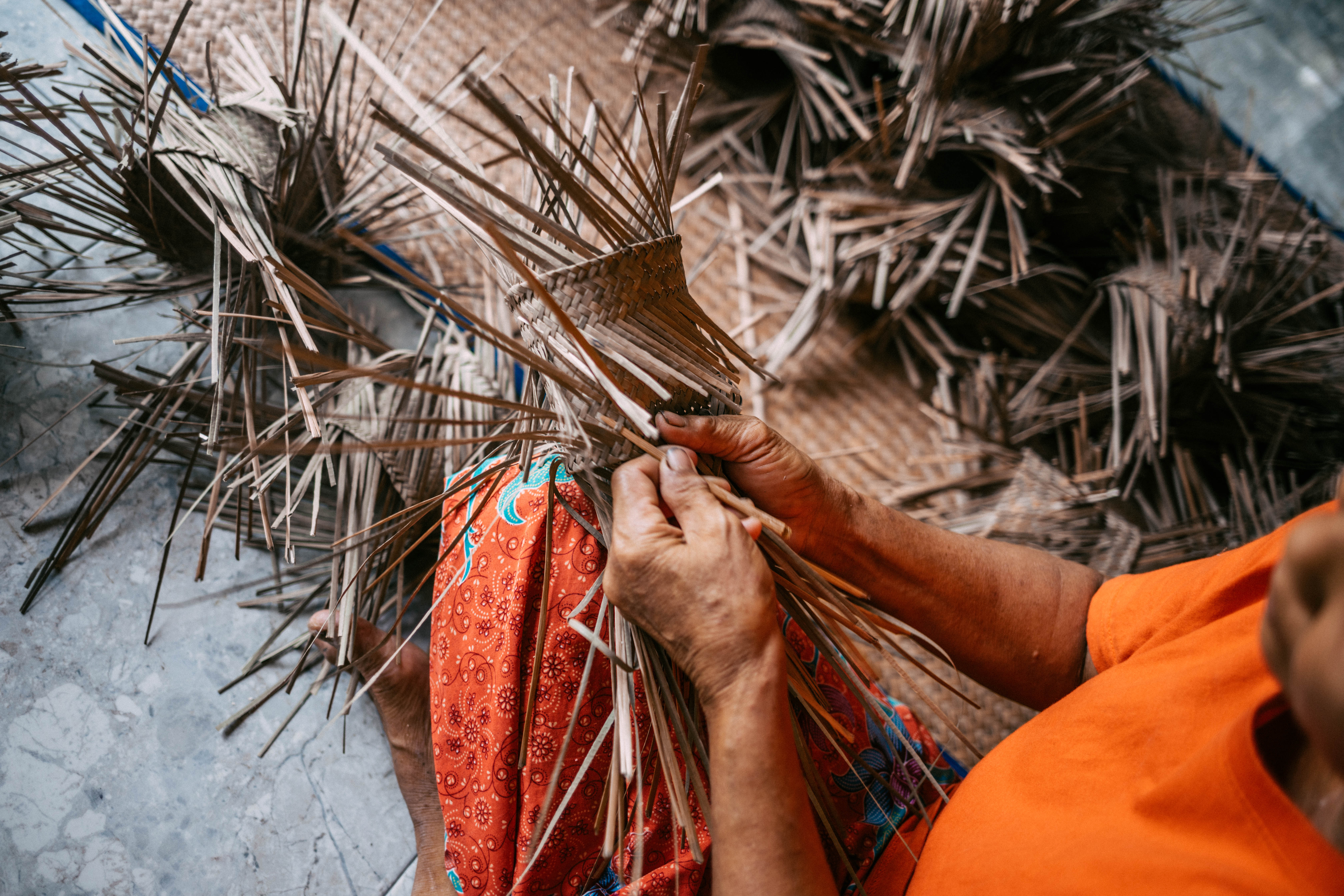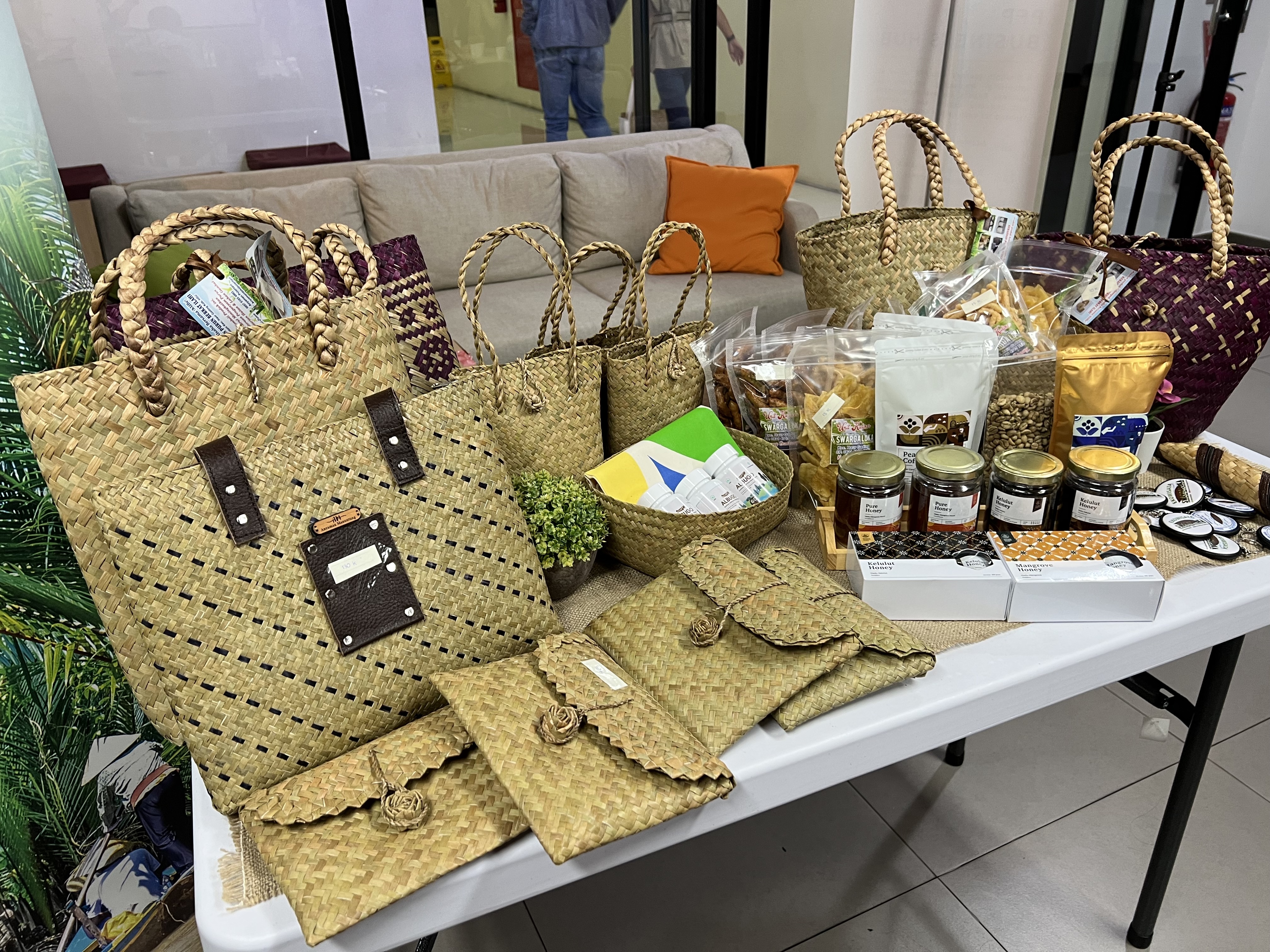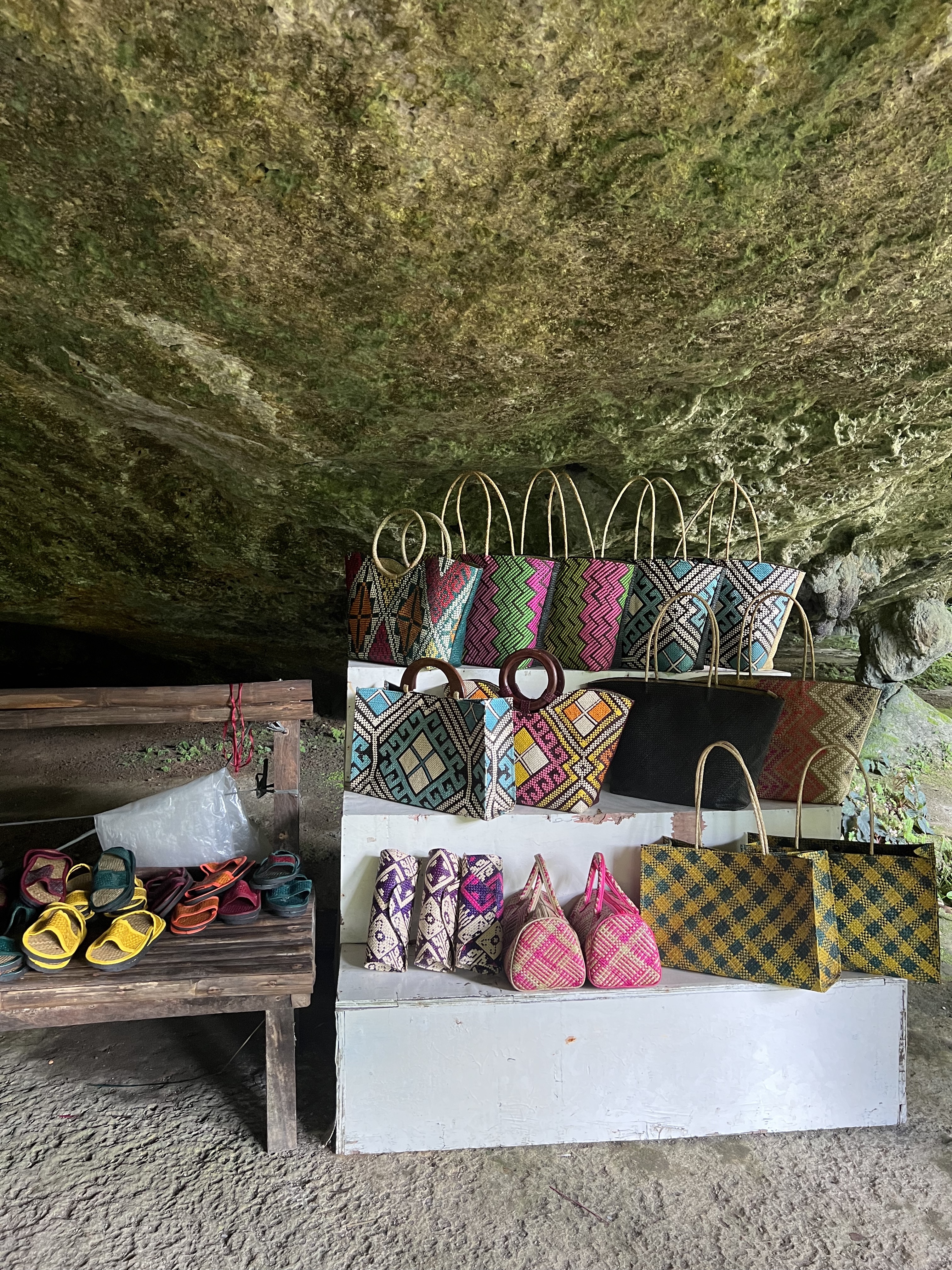Stories
Sedge: Weaving Connections Across Southeast Asia
Oct 13, 2022 by Irene ChooiBanner Image By : Adrihani Rashid PFP
Peatlands play a critical role in mitigating the climate crisis but are often undervalued and abused for agriculture due to a lack of understanding of its characteristics. These wetlands have to be kept wet so that they can carry out their vital functions of trapping carbon. Unfortunately, peatlands across Southeast Asia are often drained and burned to make way for crops which cannot thrive on the acidic soil, culminating in a lose-lose situation for man and the earth.
Paludiculture is one of the solutions to the conundrum of sustaining livelihoods on peatlands while being sustainable. By selecting and cultivating plant species that can flourish on peatlands, local communities can increase their income and nourish the land they call home, at the same time ensuring future generations can also make a living off the land. Among the plant species that prosper on peatlands are coconut, liberica coffee, chilli, ginger, and sedge.

To the untrained eye, sedge might look like weeds that hamper agricultural activities, but those in the know value it as an income generator that has sustained Southeast Asia peatland communities for generations. There are many variations of sedge in peatlands across the region, but they all share the same value as a weaver’s favourite. Known as Krajood in Thailand, Ticog in the Philippines, and Purun in Indonesia, sedge supplements the income of peatland communities and in some situations, even becomes the primary source of income for entire villages.
Sturdy, pliable, and easily available, this weed-like plant supports local economies in two ways - income through harvesting and selling the raw material, and income through crafting with the processed material. While laborious, the process of harvesting and processing raw sedge grass has the potential to be lucrative, especially when harvested in a sustainable manner. According to Thai Peat Expert, Dr Cherdsak Kuaraksa, in Thailand, the raw Krajood industry generates 13 million baht for the country per year.
Sedge crafts are also big income generators. Baskets, handbags, floor mats, car seat covers, coasters, water bottle carriers, wall decorations, and more are born from the deft hands of artisans. Sedge grass weaving is a skill that is passed from generation to generation, usually from mother to daughter. In the Philippines, Ticog weaving is even taught in schools to ensure the local crafting knowledge is not lost.
While the basic weaving techniques used across the region might be similar, local cultural influences and the creativity of the craftsperson are what sets the final product apart. Despite the challenges in this industry, including insufficient knowledge about sustainable harvesting techniques and a lack of access to markets, sedge is undeniably a crucial resource for local communities and weaves an intercultural connection among peatland communities in the region. This is why it is essential to protect peatlands. By utilising paludiculture and through capacity building, we can safeguard the livelihoods of local peatland communities and fight the climate crisis at the same time.



------------------------------------------------------------------------------------------------------------------------------------------------------------------------------------------------------------------------------------------------------------------------------------------------------
Explore Southeast Asia’s Peatlands from the comforts of your own home through our Peatland Travels Video Series.
Head over to our YouTube Channel for more.